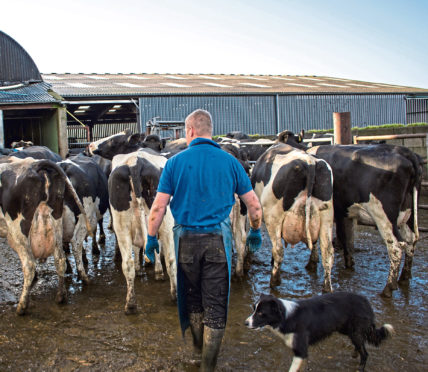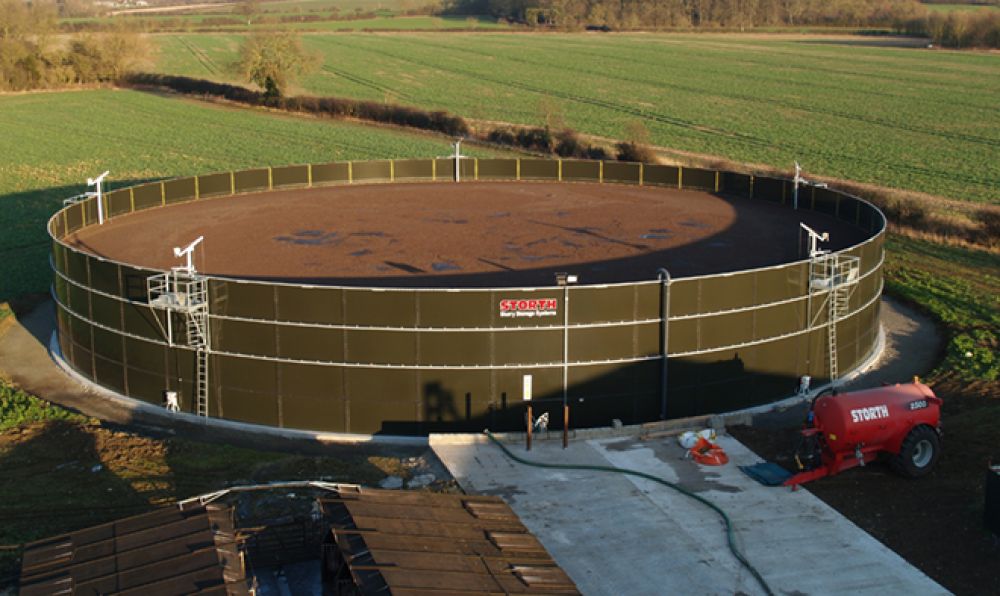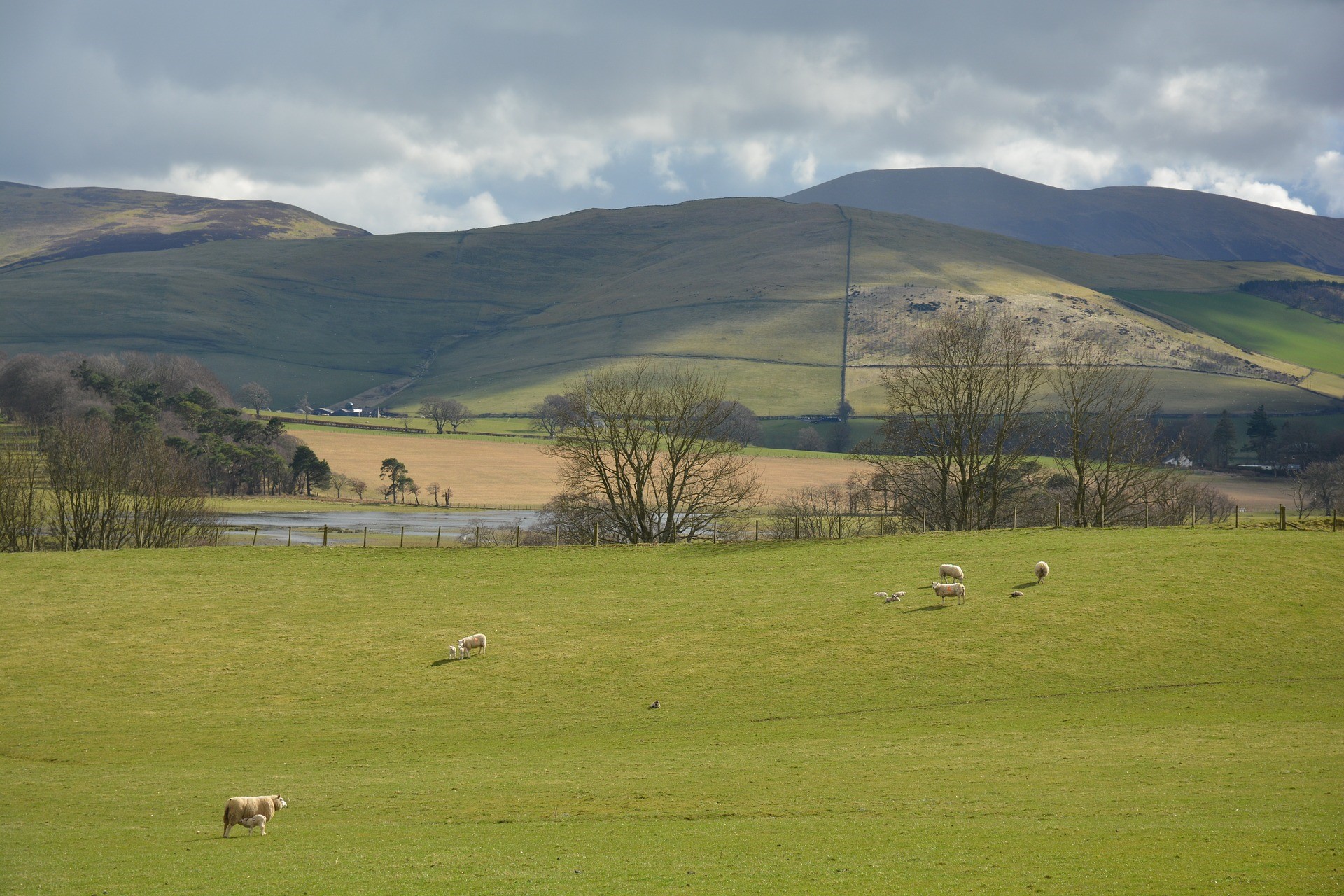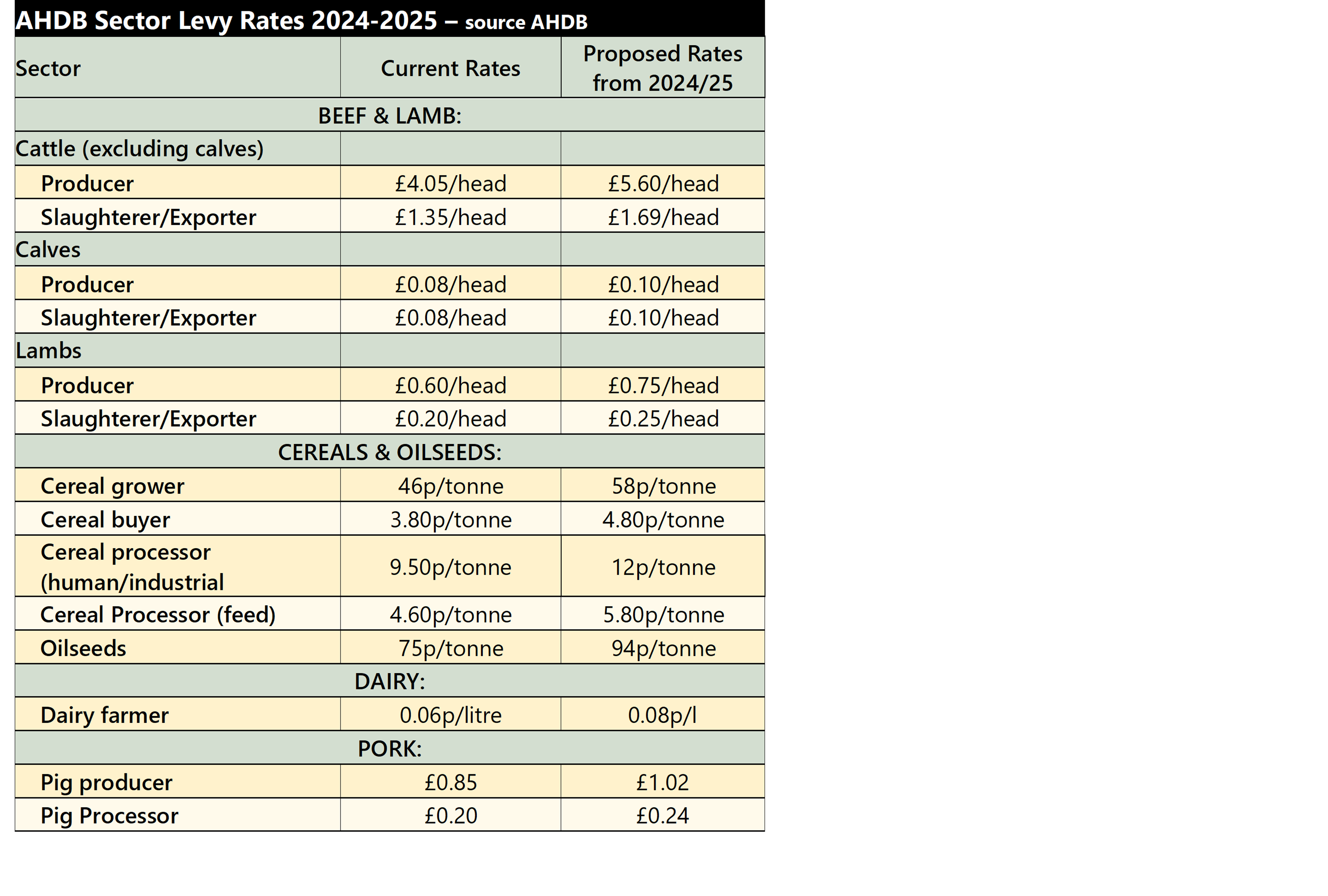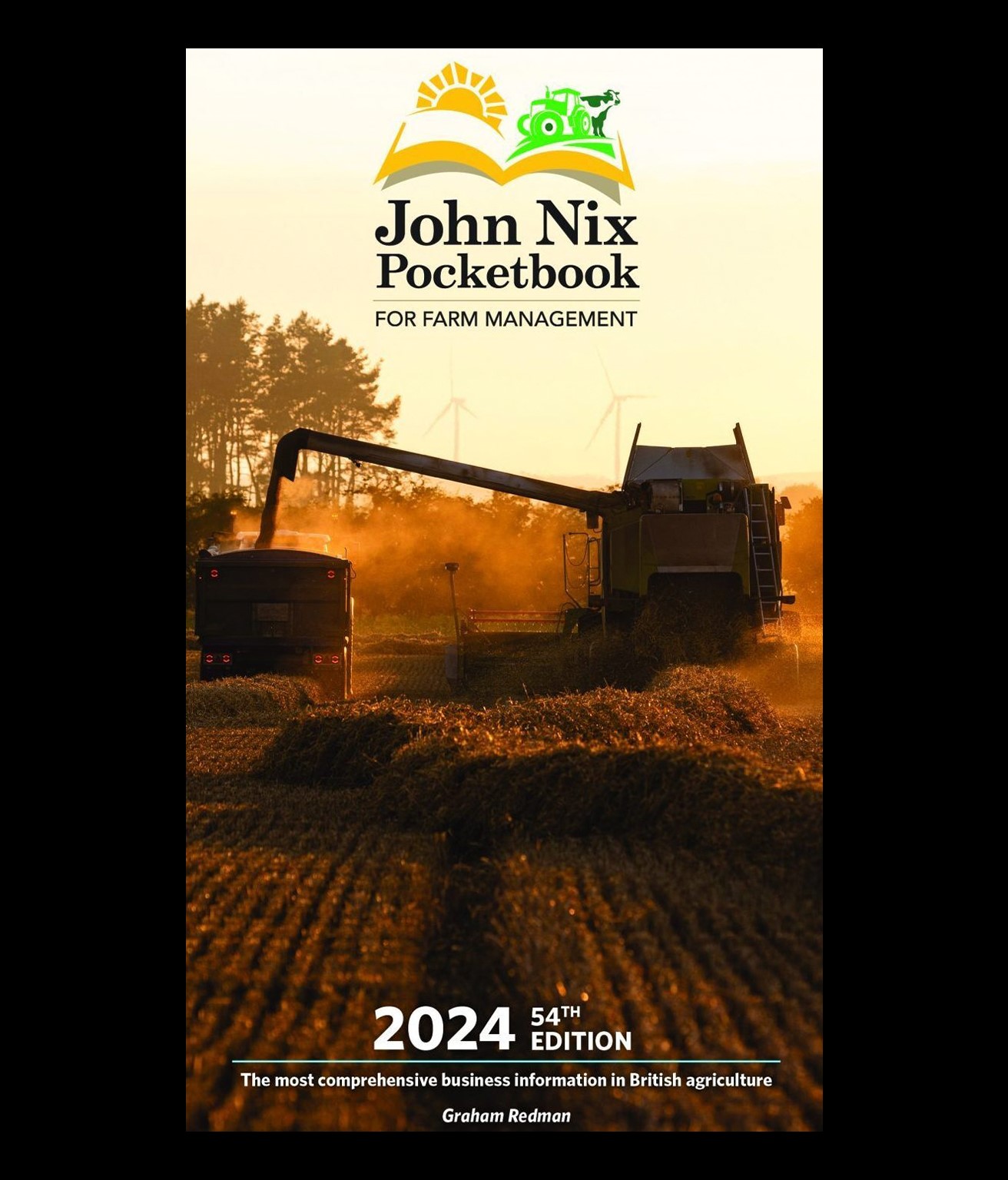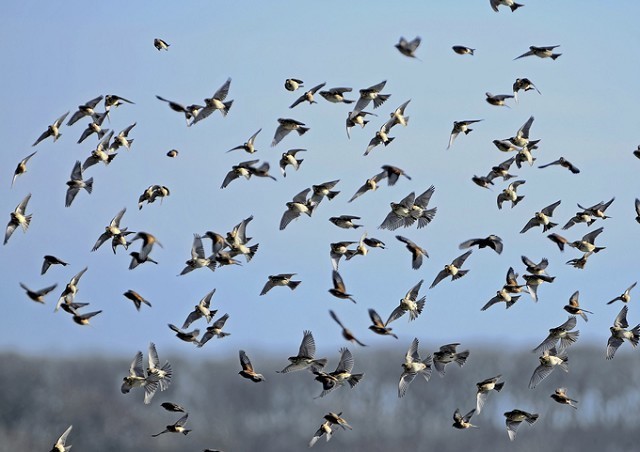No agricultural trades have been included on the latest Shortage Occupation List (SOL). This follows a major review carried out by the Migration Advisory Committee (MAC). The report, which can be found at https://assets.publishing.service.gov.uk/media/651557b86dfda600148e37ba/Review_of_the_Shortage_Occupation_List_2023.pdf recommends eight occupations to be included in the List. However, none are within the food and farming industry. This will be a major disappointment to many in the agricultural sector who are having real difficulty in recruiting labour.
However, the Committee has reported that it is not convinced that the SOL provides a sensible immigration solution to shortage issues in low-wage sectors, and says its preference is for the Government to abolish it. Instead, it suggests that the MAC could be commissioned to examine individual occupations or sectors where labour market issues seem particularly acute, possibly in collaboration with other bodies. Its concerns arise due to a big change under this Review. It has been conducted on the basis of its recommendation that no employer should be able to pay below the ‘going rate’ regardless of whether there is shortage. Previously, being on the SOL allowed employers to pay 80% of the going rate. As a result of removing this discount, most occupations currently on the SOL are ineligible going forward. This change would also mean that only low-wage occupations would be eligible to be listed on the SOL, leading to concerns from the Committee that this can lead to worker exploitation and higher administrative costs for employers.
The SOL identifies occupations where employers are struggling to recruit sufficiently from the domestic workforce and migration is considered an appropriate alternative. Inclusion on the SOL grants an occupation more favourable migration conditions, with the aim to increase the number of applicants for a role and reduce labour shortages.
